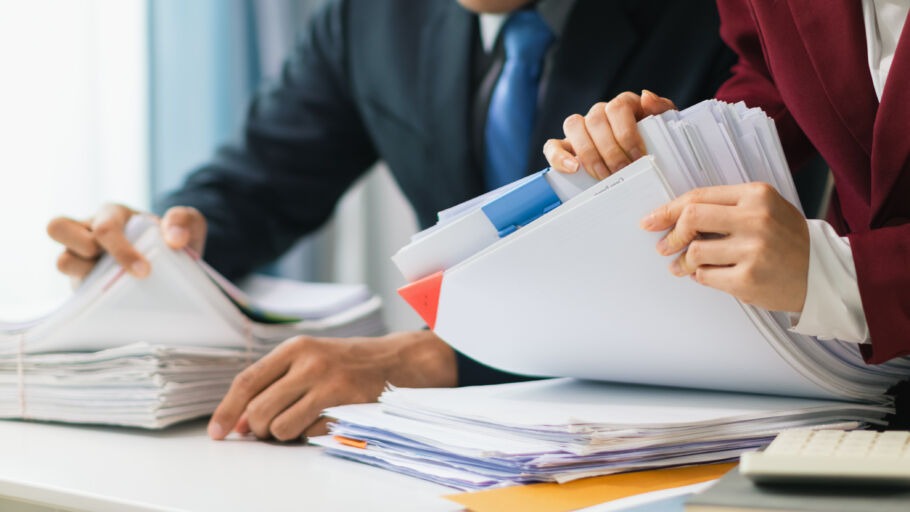
Contributors: Heather Bird
Date published: 24 June 2022
Cost of living crisis – top tax saving tips
With increases in the price of everyday essentials such as energy, fuel and food, many families are continuing to see the cost of living soar, resulting in an increased focus on expenditure and finances. In these tough economic times, it is more important than ever to ensure you are making the most of your available tax allowances.
Here is a summary of some top tax saving tips, which are easy to apply and could have a big impact on your tax bill.
Contributing to your pension
Contributing to a pension not only helps with long-term financial and retirement planning, it can also help you to pay less income tax. UK taxpayers receive tax relief on contributions made into private pension schemes. Tax relief is available on contributions made within an individual’s annual allowance (currently 100% of UK taxable earnings or £40,000, whichever is the lowest.) Those with very high incomes (in excess of £240,000) will also see their annual allowance tapered.
If a taxpayer is within a higher tax band, making additional pension contributions can also lower their overall rate of tax, in that their net income may be adjusted by the level of their pension contributions and reduced to a level which brings their income within a lower rate tax band.
Pension contributions are therefore a valuable tax mitigation tool, particularly for those whose income pushes them into a higher tax band. For the tax year 2022/23, in Scotland the higher rate of tax (41%) is levied on income over £43,663 up to £150,000. Income in excess of £150,000 is taxed at the top rate of income tax of 46%. If a taxpayer’s income such as salary or bonuses pushes them into a higher tax band, an additional contribution into a pension scheme could result in a lower adjusted income, and a lower tax band, applying to the taxpayer’s overall income.
Those with taxable income in excess of £100,000 currently see their tax-free personal allowance (currently £12,570) tapered away by £1 for every £2 over £100,000. After £125,140, the personal allowance is completely tapered away. Although income that falls within the higher rate band is taxed at 41%, the personal allowance taper means that income in excess of this amount could effectively be taxed at a rate of 61.5%. Making additional pension contributions can increase the higher rate threshold, so that the personal allowance is reinstated and an overall tax saving achieved.
As well as ensuring that pension contributions fall within the annual allowance to ensure that tax relief applies, savers should also bear in mind the lifetime allowance. Tax relief on pension contributions is currently limited to a total lifetime allowance of £1,073,100.
Using your tax-free ISA allowance
To ensure that income generated from your savings is received tax free, it is important to be sure that you are making use of your annual ISA allowance. The current ISA allowance is £20,000 (or £40,000 per couple). There are various types of ISA available to invest in, including cash ISAs and stocks and shares ISAs. You do not pay tax on interest generated from a cash ISA, or on income or capital gains accrued from investments that are held within a stocks and shares ISA.
Transferring assets to your spouse
If your spouse pays less tax than you, it might be worthwhile considering transferring assets to them in order to make use of their available tax allowances. Assets can be transferred to a spouse free of capital gains tax (and would also not be a gift for inheritance tax purposes). If the gifted asset is subsequently sold and a capital gain realised, your spouse’s annual capital gains tax allowance (currently set at £12,500) may be used to mitigate any potential capital gains tax.
If your spouse does not earn an income and you are a basic rate taxpayer, there is also the possibility to transfer a proportion of their personal allowance to you for setting off against your income, up to £1,260.
Please note: the Scottish rates of Income Tax apply to non-dividend and non-savings income only.
Contributors:
Heather Bird
Director
To find out more contact us here
Expertise: Private Client
Sectors: Financial Services, Investment Funds, Insurers and Pension Funds
















